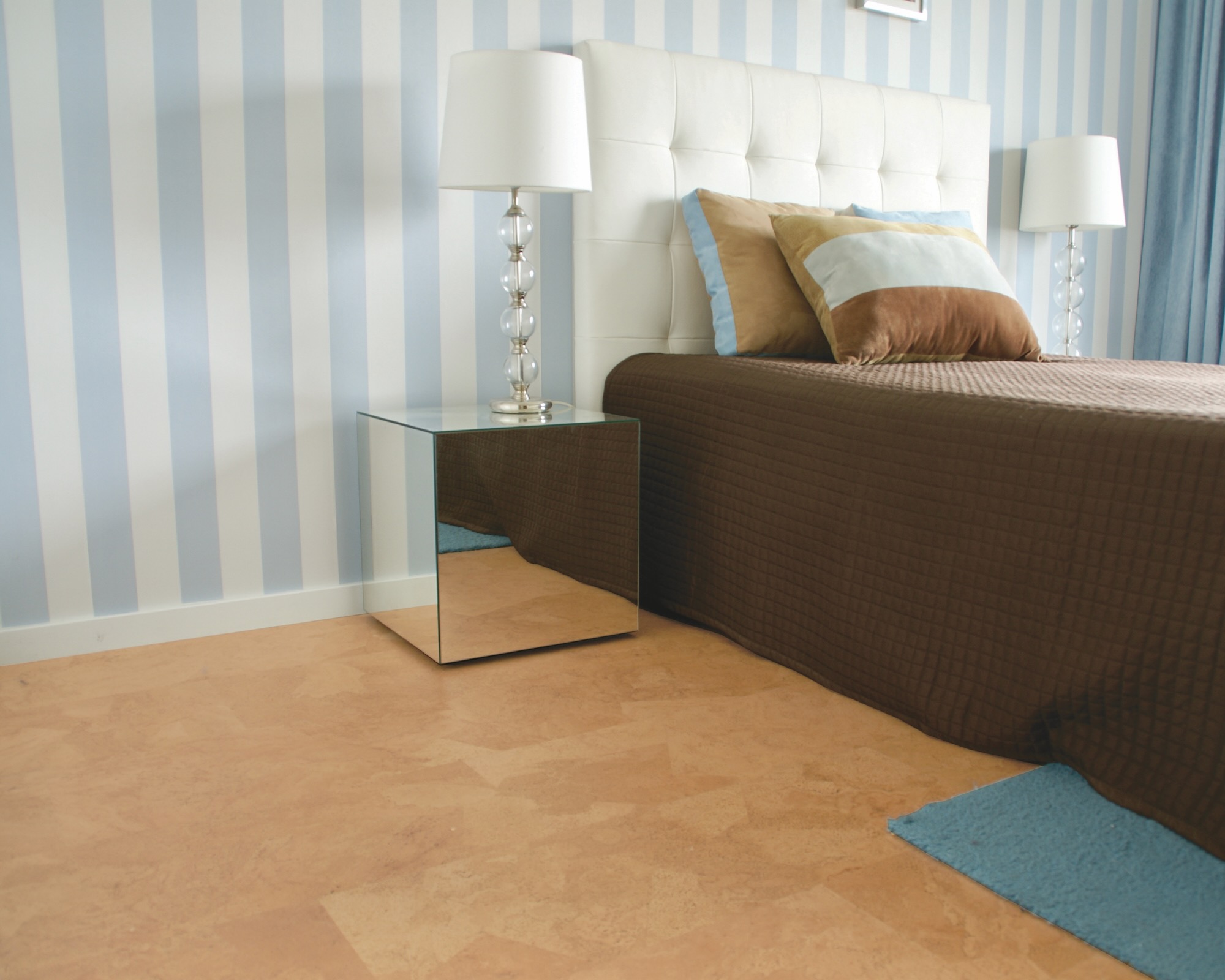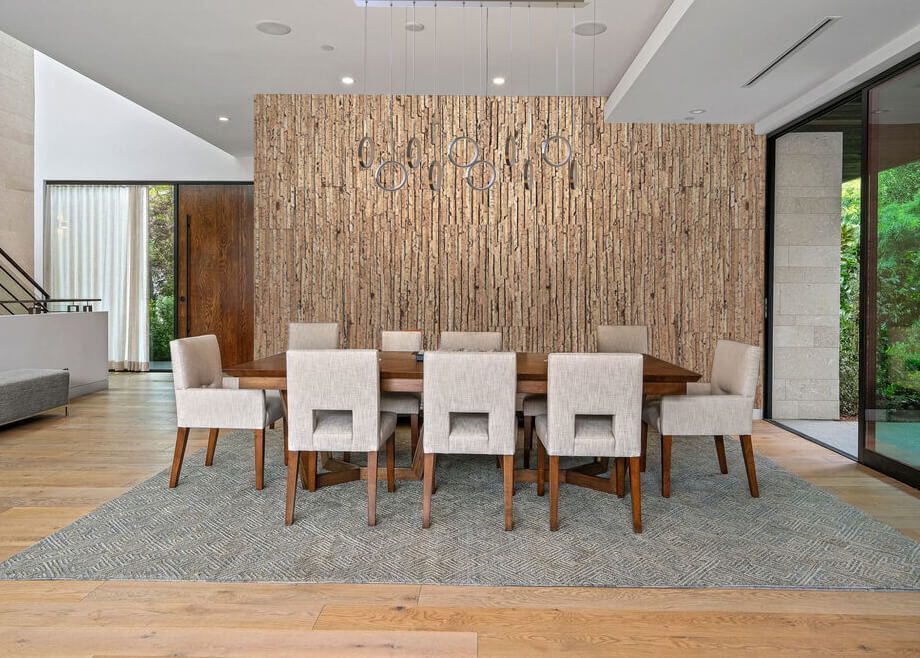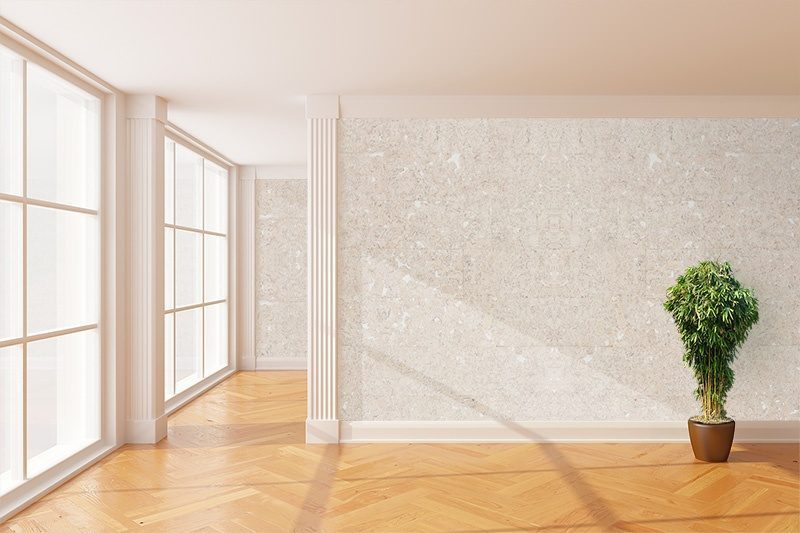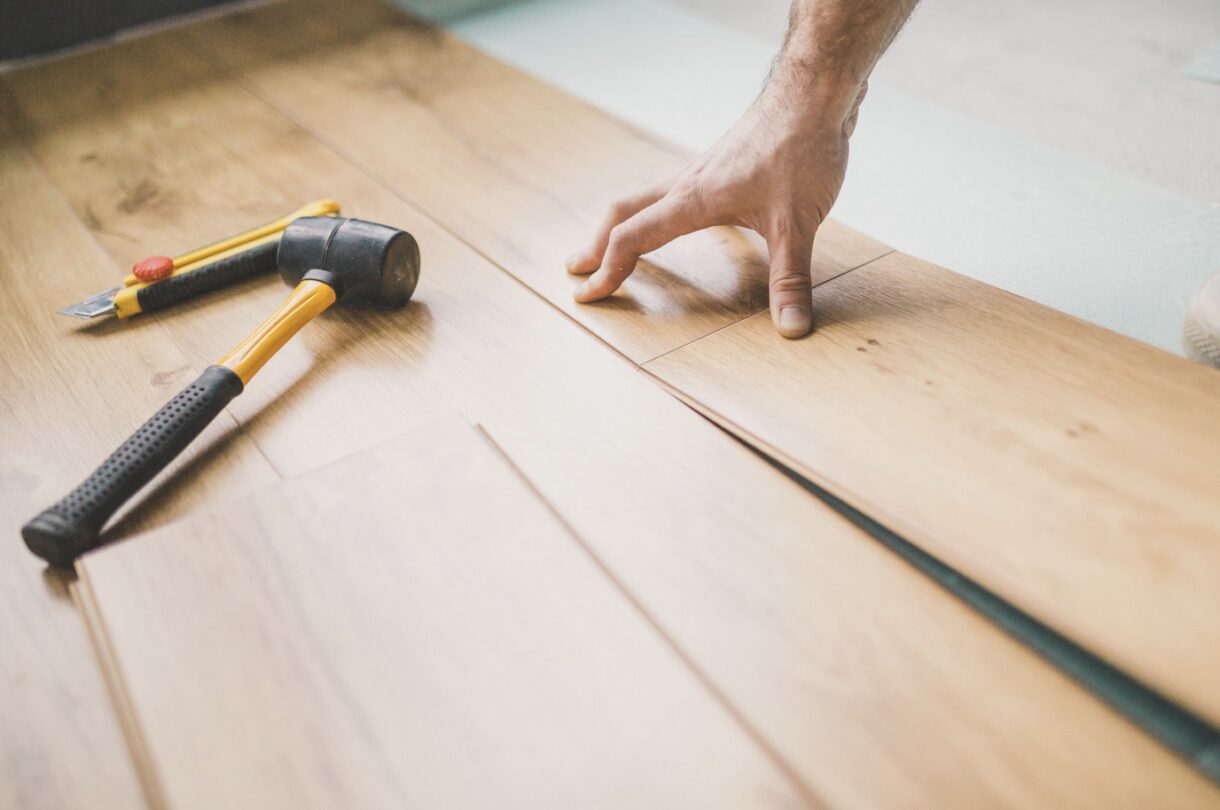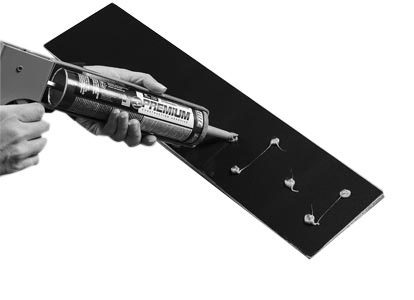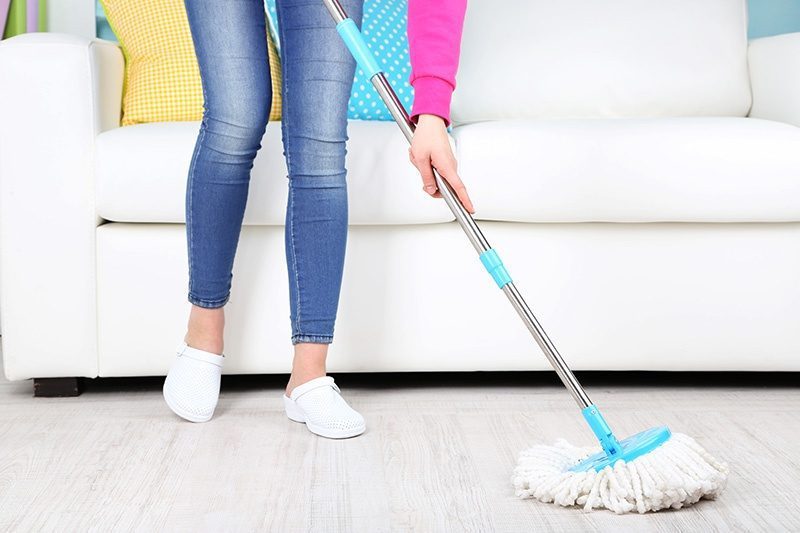Cork Floor Maintenance: Do’s and Don’ts for Keeping Your Floors Beautiful
Introduction: Maintaining cork floors can be a breeze when you understand the unique properties of this remarkable material. In this guide, we’ll explore the do’s and don’ts of cork floor maintenance, helping you preserve both the beauty and functionality of your flooring. Let’s dive in!
Understanding Cork’s Softness:
Cork may initially seem and act like a hard surface, but its distinctive qualities truly set it apart. One of its standout attributes lies in its softness, a characteristic that owes much to the fascinating cellular structure of cork. Within this structure, octagonal cells are densely packed in a honeycomb fashion. This unique arrangement allows cork to absorb impacts and then remarkably return to its original shape after compression. Even when subjected to the weight of high-heeled shoes or pointed furniture legs, cork flooring can bounce back, and this remarkable property is often referred to as cork’s ‘memory.’
In essence, cork has the remarkable ability to both compress and decompress. When you create a small dent with your finger, you’re actually making an indentation into the polyurethane coating rather than causing any harm to the finish or the cork itself. To alleviate such indentations, we recommend placing a hot cloth over the affected area. This allows the cork and the finish to essentially “iron” themselves out, restoring the flooring’s original appearance.
To proactively prevent such dents, consider using furniture coasters beneath substantial pieces like sofas, beds, and dining tables. Mobile furniture, such as dining chairs or office chairs, can benefit from self-adhering felt pads. For items with rolling components, like office chairs or appliances, opt for large castors that resemble soup cans rather than traditional metal balls. These measures will help safeguard your cork flooring and maintain its pristine appearance.
Lift, Don’t Drag: When rearranging your furniture or introducing new pieces, remember to lift rather than drag them across the cork floor. Furniture coasters come in handy here, as they provide a smooth glide for your pieces. Some coasters have felted sides, so ensure you place the felted side down for effortless movement.
Move Your Furniture Periodically: The age-old adage “Move it or lose it” applies perfectly to cork floors. Regularly shifting your furniture, even if it’s just a few inches left or right, can significantly extend your cork floor’s lifespan. By doing so, you’ll prevent your major furniture pieces from leaving permanent dents.
Protect from Direct Sunlight: Direct sunlight streaming onto your cork floor can lead to one undesirable outcome – fading. While some may appreciate the patina effect, most prefer their floors to maintain their original luster. If you’ve invested in a cork floor with a specialty finish, safeguard your investment by installing window treatments. These are not only easy to put in place but also more budget-friendly than having to replace a faded floor.
Regular Cleaning: Keeping your cork floor clean is essential. Sweep it regularly to remove dirt and debris, and vacuum when needed. This routine maintenance keeps your floor in top shape.
Dealing with Spills: Spills, especially on unsealed floating cork floors, should be addressed promptly. Floating floors have a middle layer that can absorb water, potentially causing damage. Wipe up spills immediately to prevent harm to your floor.
Sealing Your Cork Floor: The decision to seal your cork floor depends on several factors. Areas with high water content, like kitchens, entranceways, and laundry rooms, should be sealed with polyurethane. Bathrooms should feature glue-down tiles, while basements generally don’t require glue-down tiles. For colored cork products, sealing is recommended to protect against edge chipping and long-term damage. Natural-colored materials like our Silver Birch may not necessarily need sealing.
Our Recommendation: We highly recommend sealing your cork flooring after installation. This proactive approach ensures the longevity and durability of your cork floors for decades to come. Consider Loba 2K Supra AT polyurethane, specially designed for cork. It doesn’t yellow or haze over time, sparing you the need for harsh stripping processes. This elastic coating complements cork’s self-healing properties and can last 8 to 10 years in residential settings, depending on usage.
With these tips and insights, you’ll master the art of maintaining your cork floors, keeping them beautiful and functional for years to come. For high-quality cork flooring and expert advice, explore our range of products and installation services.


